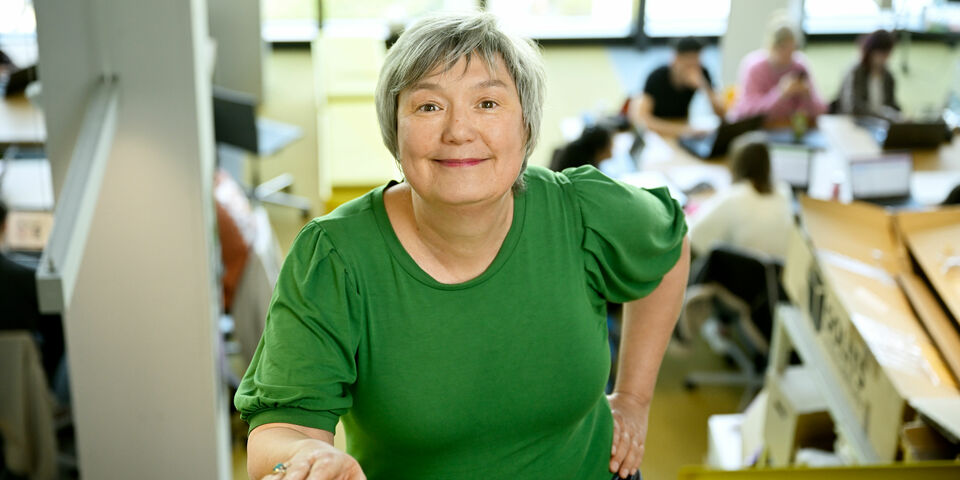English, please!
On January 1, 2020, English became the working language at our university. Since then, almost all lectures have been in English, our communication has been in English, and we’ve been speaking English with colleagues and students. We speak Dutch only when we’re in the company of only Dutch speakers. You can even order your coffee, soup and sandwiches in both English and Dutch in the canteen. Incidentally, this is how I learned the English word for 'witlof': because of the delicious chicory soup from Brownies&downieS.
Old news then, right? That’s what you would think, but my colleagues and I still regularly receive Dutch texts by email, with the request to share them with our colleagues. Or we read a text that was written in Dutch but is (also) addressed to our non-Dutch speaking colleagues. Fortunately, there are online translation tools available such as DeepL translate, which can quickly convert Dutch texts into English. This saves a lot of typing. But surely, it would be just a small effort for the original sender to send this text out directly in English? Especially if you know that there are non-Dutch speakers among the recipients.
Not that I don’t like the Dutch language. On the contrary: it’s my native language. It’s the language in which I can best express myself, the language I understand best, in which I can play with words and sentences and make silly puns. In which I can tell by a person’s accent whether they’re from the south, north or east of the country. I also greatly appreciate it when my non-Dutch colleagues take Dutch courses and are suddenly able to wish me “Goedemorgen,” [Good morning] a “Fijne avond,” [Pleasant evening] or a “Zalig Pasen” [Happy Easter].
In this column, I won’t discuss whether or not the quality of education decreases when it’s taught in a second language. I just want to point out once again that there is a large number of non-Dutch-speaking students and colleagues at TU/e. All of whom are eager to know what’s going on at our university; and they want to be able to judge for themselves whether a text or presentation is important or not. Also, many of them want to be able to engage in small talk during lunchtime or in between lectures. And there is a very simple way to do that: by communicating directly in English to groups that include non-Dutch speakers or, even more inclusively, by offering both a Dutch and an English text.


Discussion